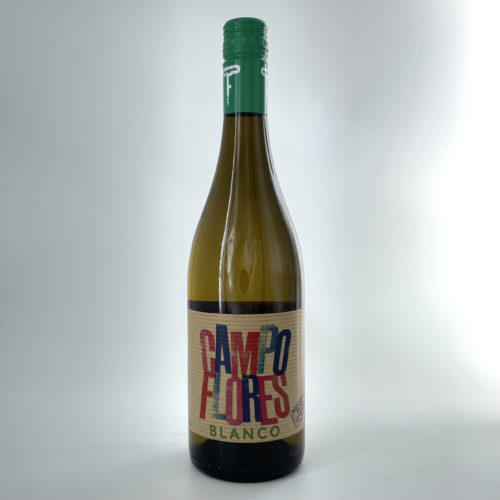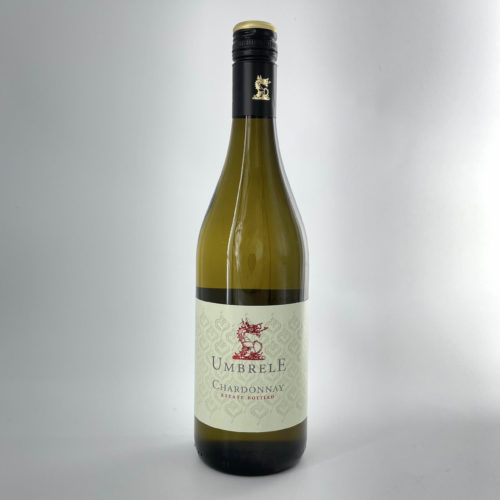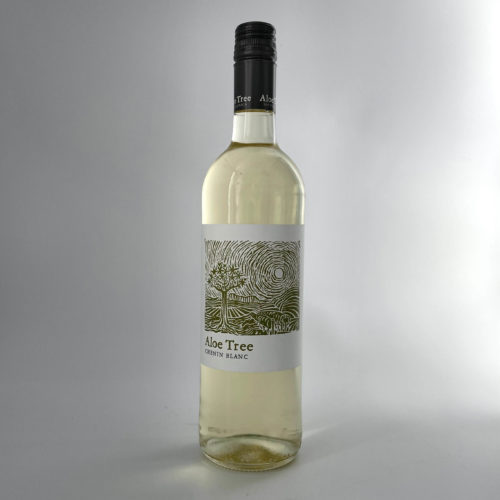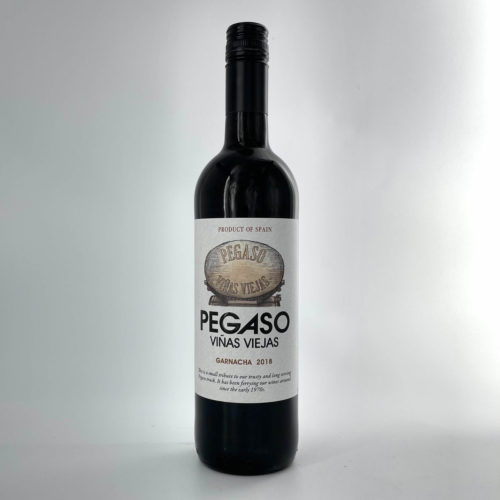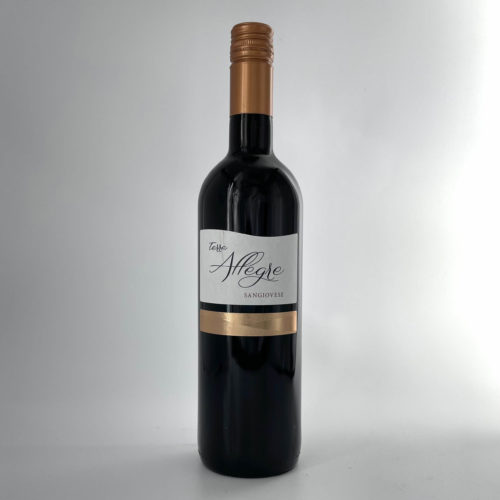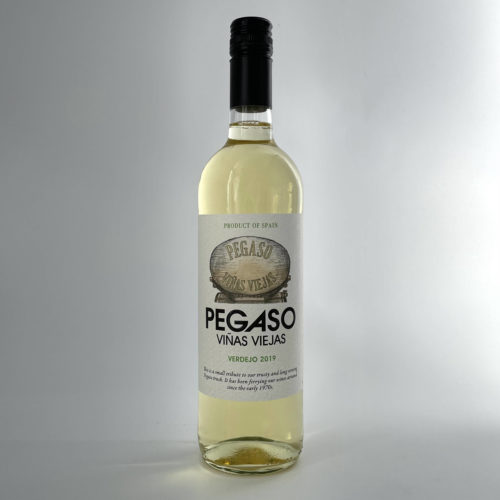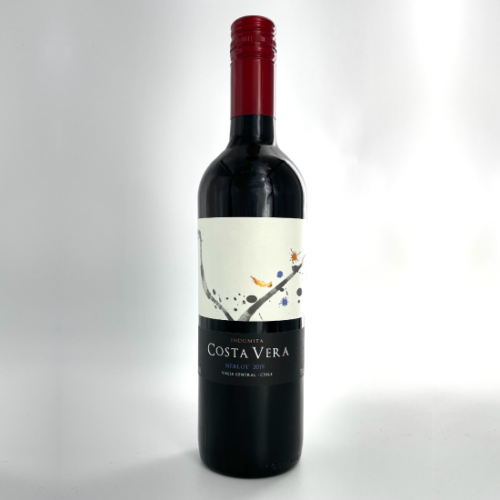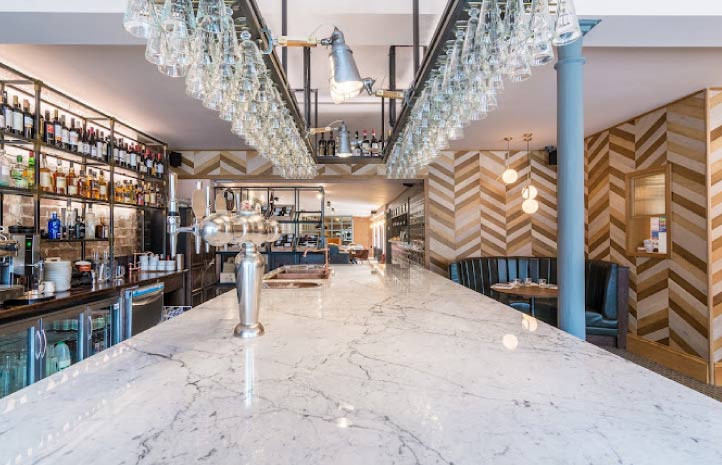Campo Flores Blanco, La Mancha, Spain
Master of Wine Giles Cooke, has led a winemaking team to craft a range that illustrates the brilliant potential of Rioja, Navarra and La Mancha as well as the quality of fruit that these regions can deliver when respectful, sustainable techniques are maintained. Drawing on the revered, in-depth knowledge of Paul Shinnie and the technical skills of Marta Juega Rivera, these wines offer a tantalising taste of contemporary Spain. Responding to the need for a more sustainable future, our wineries harness the best vineyards to produce wines that are connected by a similar spirit of adventure, experimentation, creativity and commitment to sustainable wine production.
Chardonnay Umbrele, Vilie Timisului, Romania
The Cramele Recas Estate, owned by Englishman, Philip Cox and his Romanian wife Elvira, have put in a huge amount of work into transforming their slice of grape growing history into a contemporary winemaking haven.
The immaculate vineyards are a combination of evolved plantings from 1447 and much more recent plantings too. With recent investments into modernising and improving their winery, they regularly host world class flying winemakers, vintage to vintage, to work with their team. This enables them to create top quality wines and constantly challenge themselves push innovations and approach winemaking with an open mind.
Chenin Blanc Aloe Tree, Western Cape, South Africa
The fruit for Aloe Tree hails from the increasingly fashionable west coast of the Cape.
Cool nights and sea breezes combine to extend the growing season, resulting in perfectly balanced, ripe grapes. The iconic Aloe Tree image is sure to be familiar to anyone who has travelled widely through the Cape and is an important part of the biodiversity which South Africa is famous for. The characteristic silhouette provides a backdrop to one of the most spectacular wine regions in the world where wines grow in harmony with the thousands of plant species that make up the Cape Floral Kingdom.
Garnacha Pegaso, Bodegas Manzanos, Vino de Espana, Spain
On the border between Rioja and Navarra, Victor Manzanos carries on the work of the four generations before him.
Adding in significant amounts of ambition and energy, Victor Manzanos is at the forefront of the new Rioja – championing a modern interpretation of its varieties through his wines. As a grower, Victor is keen to prove that Rioja Baja has its own distinct character and should not be judged as inferior to Rioja Alta or Alavesa – just different. With brands also in Navarra, Victor and winemaker Borja are creating wine that is prized and cherished, from old vines growing on poor chalk and limestone soils which give wild berry and cassis flavours to the reds.
Sangiovese Cielo e Terra, Allegre, Puglia, Italy
Cielo e Terra is a joint venture between two families, Cielo, who have been making wine in the Veneto for over a century, and the Cantina Sociale Colli Berici.
Drawing on the Colli Berici’s vineyard resources, combined with the Cielo family’s winemaking skills, their partnership consistently produces wines which are fantastic value for money from both indigenous and international varietals.
Verdejo Pegaso Vinas Viejas, Bodegas Manzanos, Navarra, Spain
On the border between Rioja and Navarra, Victor Manzanos carries on the work of the four generations before him.
Adding in significant amounts of ambition and energy, Victor Manzanos is at the forefront of the new Rioja – championing a modern interpretation of its varieties through his wines. As a grower, Victor is keen to prove that Rioja Baja has its own distinct character and should not be judged as inferior to Rioja Alta or Alavesa – just different.
Merlot, Costa Vera Indomita, Central Valley
The dynamic winemaking team at Indómita skillfully craft wines from their vineyards in two of Chile’s very best regions. Indómita produce superb, expressive wines that are both beautiful and stunning value for money. From selected vineyard sites across Chile’s Central Valley. The cooling influences of the Andes and the Humboldt current together with the diurnal temperature difference here allows for slow ripening so that the grapes develop maximum flavour.

